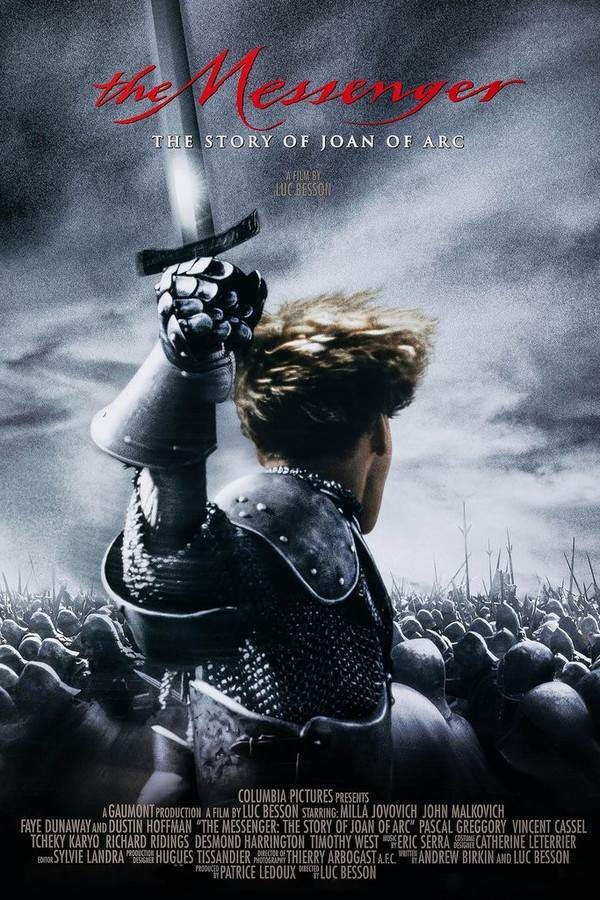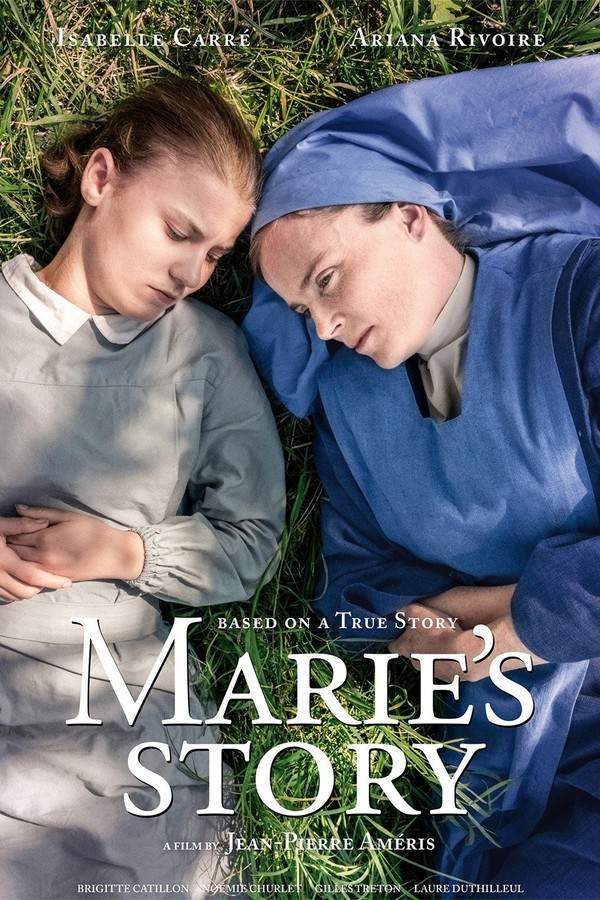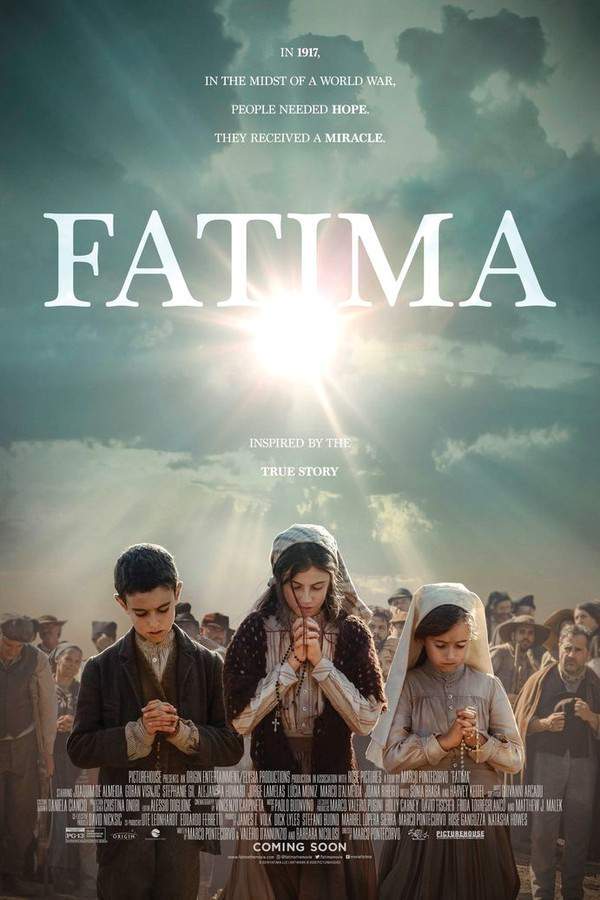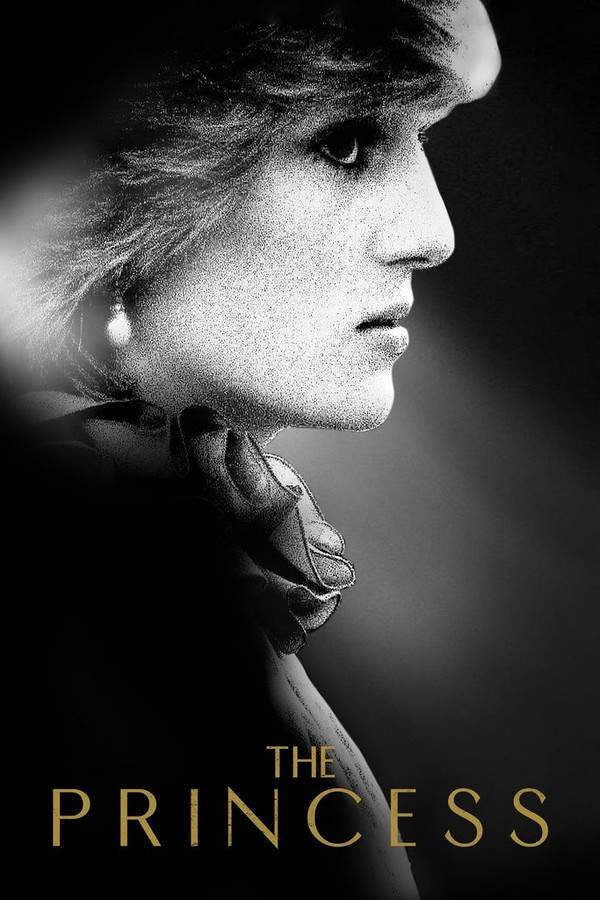The Messenger: The Story of Joan of Arc 1999

A teenage peasant girl claims divine guidance to lead the French army against the English occupation, sparking a remarkable series of events. This biography explores the rise of Joan of Arc, detailing her miraculous experiences, prophetic visions, and pivotal battles. Defying societal norms, she inspires unwavering devotion and leaves a lasting impact on France before her tragic death at the young age of nineteen.
Does The Messenger: The Story of Joan of Arc have end credit scenes?
No!
The Messenger: The Story of Joan of Arc does not have end credit scenes. You can leave when the credits roll.
Meet the Full Cast and Actors of The Messenger: The Story of Joan of Arc
Explore the complete cast of The Messenger: The Story of Joan of Arc, including both lead and supporting actors. Learn who plays each character, discover their past roles and achievements, and find out what makes this ensemble cast stand out in the world of film and television.
No actors found
External Links and Streaming Options
Discover where to watch The Messenger: The Story of Joan of Arc online, including streaming platforms, rental options, and official sources. Compare reviews, ratings, and in-depth movie information across sites like IMDb, TMDb, Wikipedia or Rotten Tomatoes.
Ratings and Reviews for The Messenger: The Story of Joan of Arc
See how The Messenger: The Story of Joan of Arc is rated across major platforms like IMDb, Metacritic, and TMDb. Compare audience scores and critic reviews to understand where The Messenger: The Story of Joan of Arc stands among top-rated movies in its genre.

54
Metascore
6.3
User Score


%
TOMATOMETER

0%
User Score

64
%
User Score
Take the Ultimate The Messenger: The Story of Joan of Arc Movie Quiz
Challenge your knowledge of The Messenger: The Story of Joan of Arc with this fun and interactive movie quiz. Test yourself on key plot points, iconic characters, hidden details, and memorable moments to see how well you really know the film.
The Messenger Quiz: Test your knowledge on the life and struggles of Joan of Arc as depicted in 'The Messenger: The Story of Joan of Arc'.
What tragic event scarred Joan's childhood?
The burning of her village
The slaughter of her sister Catherine
The loss of her parents
Being captured by the English
Show hint
Full Plot Summary and Ending Explained for The Messenger: The Story of Joan of Arc
Read the complete plot summary of The Messenger: The Story of Joan of Arc, including all major events, twists, and the full ending explained in detail. Explore key characters, themes, hidden meanings, and everything you need to understand the story from beginning to end.
As the flames devoured her childhood village, young Joan of Arc was left with deep emotional scars from the relentless visions that plagued her since childhood. In the midst of chaos, the comforting presence of her older sister Catherine briefly eased Joan’s pain, but fate cruelly intervened, and she witnessed her sister’s brutal murder by the rampaging English soldiers. This personal tragedy shattered Joan’s innocence, forcing her to seek refuge with distant relatives while her heart bore the weight of loss.
Years later, in the formidable stronghold of Chinon, Charles VII, the future King of France and Dauphin, received an urgent message from the now-teenage Joan. She implored him to gather an army to combat the English forces occupying their lands. Welcoming her, Charles, alongside his mother-in-law Yolande of Aragon, was enthralled by Joan’s passionate recounting of her divine visions, believing wholeheartedly that she was destined to lead them to victory.
With unwavering resolve, Joan donned her armor and took charge of the French armies as they advanced towards the besieged city of Orléans. Despite her offers of surrender being met with contempt from the English, her strategic prowess shone through during key battles, culminating in the successful capture of the stockade at St. Loup. Joan faced initial skepticism from commanders who doubted her authority; nevertheless, she inspired the troops with her unyielding spirit, ultimately spearheading a daring charge that would turn the tide against their oppressors.
As the battle raged on, Joan again offered the English a chance to surrender, only to be met with obstinacy. Undaunted, she led a fierce second assault on the Tourelles stronghold, enduring severe injuries from enemy fire. Her relentless determination proved fruitful the following day when the French forces successfully seized the fortress.
With the English regrouping, Joan’s leadership ignited a desperate attempt at negotiation, which ended with the English retreating in disarray. Upon her triumphant return to Reims, she witnessed the coronation of Charles VII, and her military campaigns continued as she aimed to breach the walls of Paris. Despite facing repeated rejections for reinforcements, Joan’s faith in her mission remained steadfast.
Yet, as time passed, Charles’s perception of Joan’s significance began to decline, coupled with concerns regarding the financial strain of her campaigns. This shift in sentiment led to a treacherous scheme whereby she was betrayed and captured at Compiègne by the pro-English Burgundians, who sold her into the hands of her enemies. Shackled and imprisoned in Rouen, Joan awaited a grim fate under the cold gaze of her captors.
As her trial for heresy began, a palpable urgency filled the air, stemming from the English’s fears of her influence over their soldiers. Eager to rid themselves of the perceived threat, they hastily moved to condemn and execute her. Though initially hesitant, Bishop Cauchon succumbed to the mounting pressure, leading to Joan’s trial by fire.
Facing conviction and despair, Joan found herself confronting the harsh reality of execution without a chance for redemption. In a desperate bid to save her life, Bishop Cauchon insisted that she renounce her claims of divine guidance. Heavy-hearted, Joan complied, signing the recantation, but unbeknownst to her, this act would soon be twisted to seal her fate.
Confined in her cell, Joan grappled with self-doubt and fear as the English devised another scheme to destroy her reputation. In a shocking attempt to tarnish her image, they stripped her of her clothing, forcing her into men’s attire while accusing her of sorcery. Although she suspected foul play, Bishop Cauchon abandoned hope, allowing darkness to encroach upon her.
Ultimately, in a harrowing public spectacle, Joan of Arc was burned alive in the square of Rouen. Her anguished cries echoed through the crowd as she faced a tragic end. In a poignant epilogue, it is revealed that this remarkable figure would later be canonized as a saint in the 20th century, symbolizing the enduring strength of faith and tenacity against insurmountable odds.
Uncover the Details: Timeline, Characters, Themes, and Beyond!
Watch Trailers, Clips & Behind-the-Scenes for The Messenger: The Story of Joan of Arc
Watch official trailers, exclusive clips, cast interviews, and behind-the-scenes footage from The Messenger: The Story of Joan of Arc. Dive deeper into the making of the film, its standout moments, and key production insights.
The Messenger: The Story of Joan of Arc Themes and Keywords
Discover the central themes, ideas, and keywords that define the movie’s story, tone, and message. Analyze the film’s deeper meanings, genre influences, and recurring concepts.
Similar Movies To The Messenger: The Story of Joan of Arc You Should Know About
Browse a curated list of movies similar in genre, tone, characters, or story structure. Discover new titles like the one you're watching, perfect for fans of related plots, vibes, or cinematic styles.
Quick Links: Summary, Cast, Ratings, More

What's After the Movie?
Not sure whether to stay after the credits? Find out!
Explore Our Movie Platform
New Movie Releases (2025)
Famous Movie Actors
Top Film Production Studios
Movie Plot Summaries & Endings
Major Movie Awards & Winners
Best Concert Films & Music Documentaries
Movie Collections and Curated Lists
© 2025 What's After the Movie. All rights reserved.






























